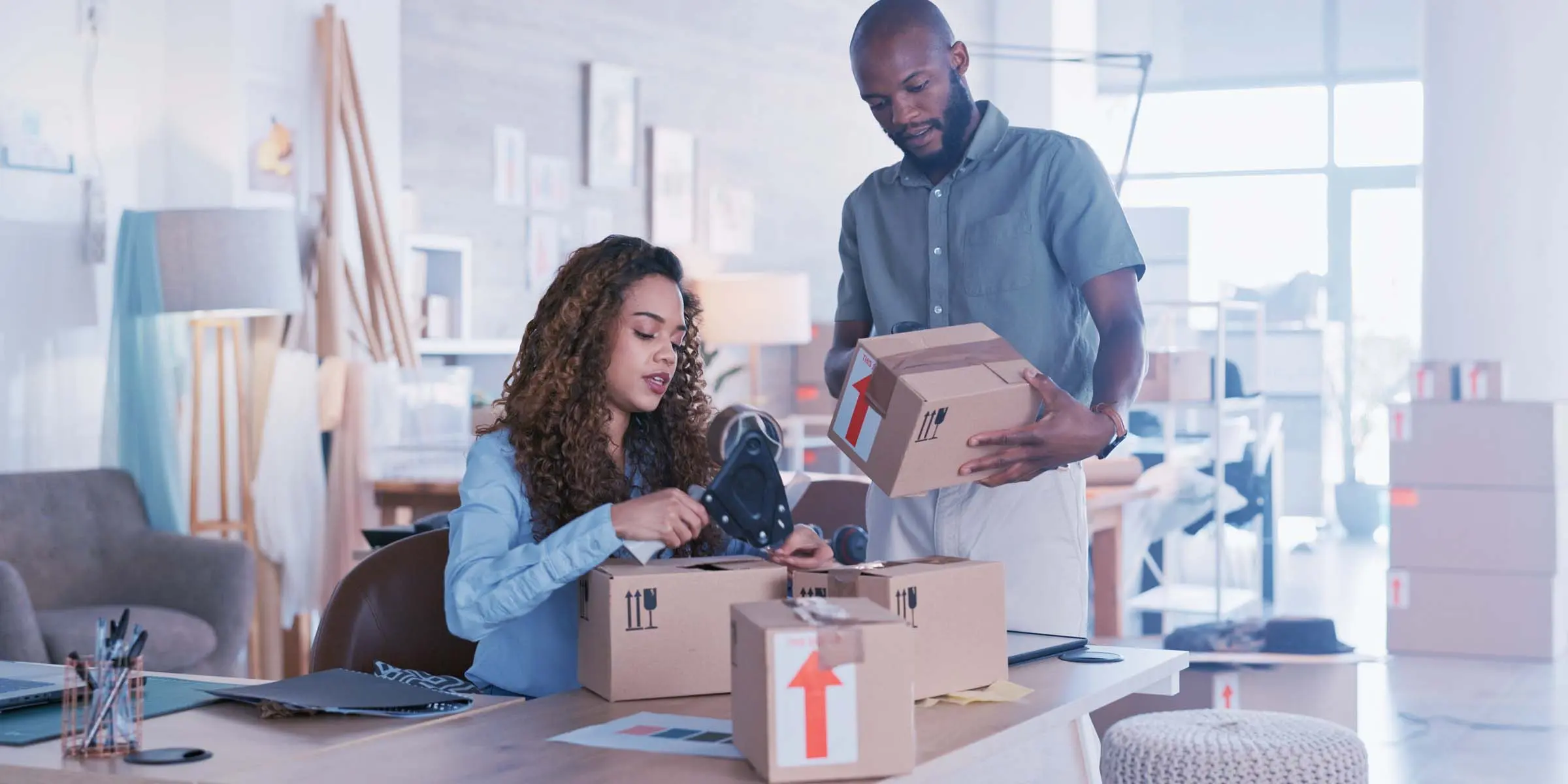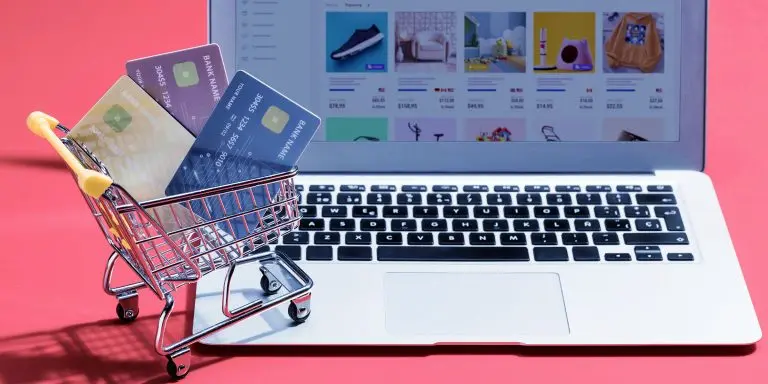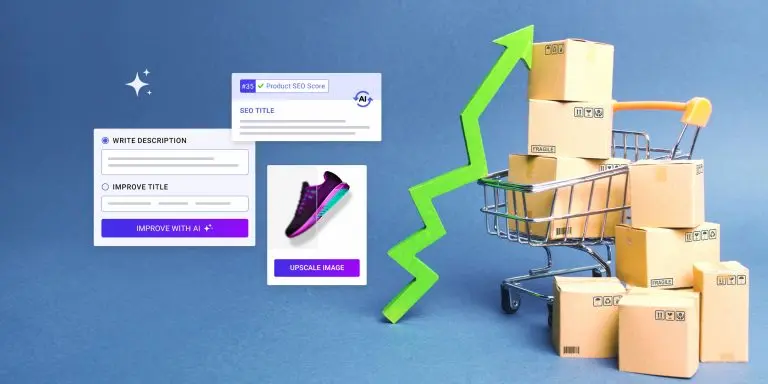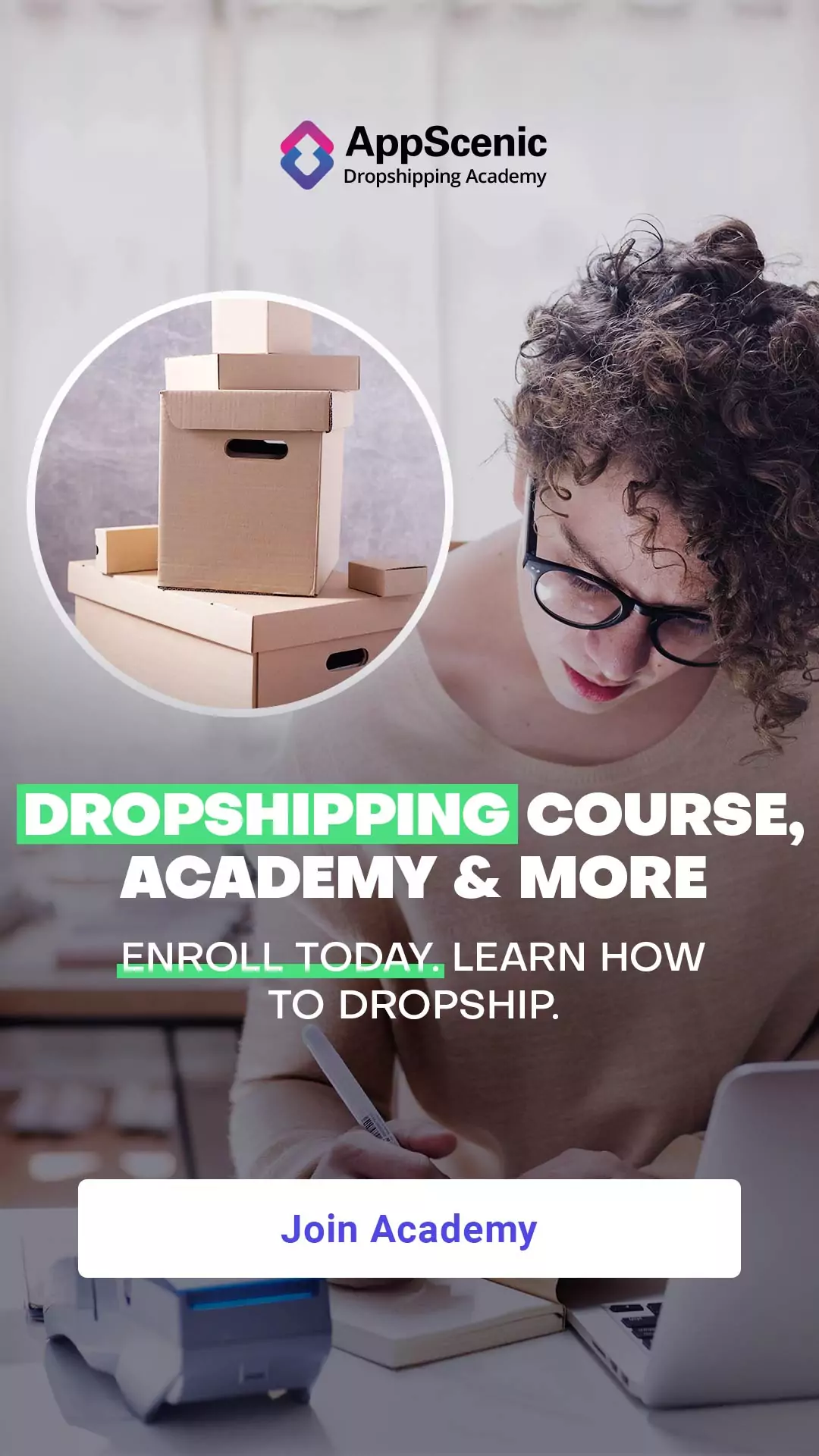Breaking into the dropshipping business can be both exciting and overwhelming. While the dream of making quick money can draw many beginners, success in dropshipping means strategy, patience, and consistent effort. Hitting your first $1K milestone is an important step on your journey, and with the right approach, it’s easier than you might think.
In this guide, we’ll explore the key steps and strategies you need to follow to make your first $1,000 in dropshipping, focusing on mindset, product research, marketing, and store-building techniques.
Table of Contents
Step 1: Adopt the right mindset
The first step to achieving any business success is shifting your mindset. Dropshipping, while a low-barrier-to-entry business, requires commitment, patience, and continuous learning. Many newcomers fail because they expect instant results and underestimate the work required.
Focus on long-term success
Forget about get-rich-quick schemes. Dropshipping is about creating a sustainable, long-term business. You must be prepared for ups and downs and be ready to learn from your mistakes. The goal is not just to make your first $1K but to build a business that generates consistent revenue over time.
Treat it like a real business
Many beginners approach dropshipping with a casual attitude. To succeed, you need to treat your dropshipping store as a legitimate business from day one. This means paying attention to every aspect, from product research to store design, marketing, and customer service.
Here’s more about setting the right mindset and expectations about dropshipping.
Step 2: Invest wisely
While dropshipping is often advertised as a low-cost business, some investment is necessary to get started. You can’t realistically expect to make money without putting any in.
But you need to be smart about where you spend your money, ensuring that every dollar is contributing toward achieving your first $1K.
Key investment areas
- Website and hosting: Use platforms like Shopify or WooCommerce to build a professional-looking store. First impressions matter, and your website is the face of your brand.
- Product samples: While dropshipping eliminates the need to buy bulk inventory upfront, ordering product samples allows you to evaluate product quality and showcase authentic images, which can boost trust with your customers.
- Marketing and ads: Marketing is the lifeblood of your business. Investing in paid ads on platforms like Facebook, Google, Instagram or TikTok (all depending on your niche and where your audience spends more time) will drive traffic to your store. Focus on small, targeted ad campaigns to begin with, and scale up once you find what works.
The goal here is to balance smart spending with a focus on ROI (return on investment). Avoid unnecessary expenses, but don’t be afraid to spend where it matters most.
Read more: The True Cost of Dropshipping – What Nobody Tells You
Step 3: Product Research – The Key to Success
One of the most critical elements in dropshipping is choosing the right products and niche. Many beginners waste time trying to find unique products, thinking that they need to reinvent the wheel. In reality, the best strategy is to find products that are already selling well and showing demand in the market.
Ideally, you want to strike a balance between a product that people are searching for and one that doesn’t have overwhelming competition.
You don’t need a unique product
It’s tempting to want to discover that untapped niche, but in reality, successful dropshippers focus on products with proven demand. Research products that are already selling well, and use this data as proof that people are willing to buy them. When you start selling these products, your chances of success increase dramatically.
Don’t limit yourself to one niche at first
While choosing a niche is important in the long run, you don’t need to focus on a specific niche right away. Start by doing product research across multiple categories to find a winning product. Once you’ve identified a product with potential, then you can niche down and build a store around that product.
Popular niches for beginners include eco-friendly products, fitness gear, and pet supplies. These are evergreen niches with relatively high demand.
Read more: Top Dropshipping Niches
A few key factors to consider:
- Passion meets profit: It’s much easier to sell products when you’re genuinely interested in the niche. However, passion alone doesn’t pay the bills, so make sure the niche has profitability potential.
- Target market: Who is your customer? Understanding your audience is key to selecting the right products. Think about who would benefit most from your offerings and tailor your store to their needs.
- Low competition: Aim for a niche where you can stand out. Too much competition can make it harder to make sales. Look for evergreen or underserved markets.
Step 4: Build a brand, not a “dropshipping” store
A big mistake beginners make is building a store that looks like every other dropshipping website. Savvy consumers can spot a dropshipping store from a mile away, and this can turn them off from making a purchase.
Your website needs to be more than just a collection of product listings. It’s your storefront and first impressions matter. A polished, professional, and easy-to-navigate store encourages visitors to make that first purchase.
Focus on branding and storytelling
Instead of creating just another dropshipping site, focus on building a brand and creating a story. Your store should look and feel like a legitimate business, with a clear brand identity that resonates with your target audience. This means professional logos, engaging product descriptions, and high-quality images that showcase your products in the best light.
Essential elements of a high-converting store
- Clear branding: Your store should have a cohesive brand identity, this includes your logo, color scheme, and overall tone of voice. Customers should feel like they’re shopping from a legitimate and professional business.
- Trust signals: Display customer reviews, use secure payment gateways, and have clear shipping and return policies. Trust is crucial in ecommerce, especially for first-time customers.
- Mobile optimization: Over half of ecommerce traffic comes from mobile devices these days. Make sure your store looks and functions perfectly on smartphones and tablets.
- Fast loading speed: Customers expect instant results. If your store is slow to load, potential buyers will leave before even seeing what you offer. Compress images and streamline your site for optimal performance.
Read more: How to Create a Brand Identity in Dropshipping

Step 5: Leverage automation
Managing a dropshipping store can be time-consuming, but automation tools can help speed up your processes and give you more time to focus on scaling your business.
For example, our dropshipping platform AppScenic also offers AI-powered tools to help you improve your product listings, optimize SEO, and enhance product descriptions and images. These tools can give you an extra edge in attracting traffic to your store and increasing conversions.
Use these automation tools
- Inventory management: Platforms like AppScenic allow you to automate inventory updates and order processing, ensuring that your store always reflects accurate stock levels.
- SEO optimization: Use AI-powered tools, like the ones you find on AppScenic, to automate SEO tasks such as generating optimized titles, descriptions, and keywords, helping your products rank higher on search engines.
- Ad management: Automate your Facebook or Google ad campaigns to monitor performance and optimize spending, helping you find the best strategies faster.
Read more: The Future of Dropshipping Automation: What’s Next?
Step 6: Create a strategic marketing plan
Effective marketing is essential to make your first $1K in dropshipping. However, one of the most common mistakes beginners make is launching ads without a clear strategy or purpose. Simply throwing money at ads without proper planning will result in wasted resources and frustration.
Organic traffic is great, but in the early stages, paid advertising will likely be your primary traffic source. Facebook, TikTok, Instagram and Google Ads are powerful tools for targeting specific audiences and driving qualified traffic to your store.
Launch ads with a purpose
Every ad you run should have a defined goal, whether it’s to test a new product or scale up sales on an existing one. Start with small testing campaigns and give each product enough time to gather data.
Many beginners make the mistake of abandoning products too quickly, only running ads for a day or two and then moving on to the next. Give your ads enough time (from 7 to 30 days) to gather enough data before making any decisions.
Jumping from one product to another without proper testing will only result in lost money and missed opportunities. Stay consistent and allow your marketing efforts to generate results over time.
Also, don’t blow your entire budget on one campaign. Start with small ad spend amounts and gradually increase your budget as you see what works.
A/B test your ads
Run different versions of your ads (A/B testing) to see which creatives, copy, or targeting strategies perform best. This is a powerful way to optimize your ad spend and increase conversions.
Experiment with different headlines, images, and offers to find out what resonates best with your audience. Your goal is to turn clicks into sales. Make sure your ad leads to a high-converting landing page and always track the performance of your campaigns.
Read more: How to Increase the Conversion Rate of Your Ecommerce Store
Step 7: Build trust with your audience
Building trust with your potential customers is crucial to converting traffic into sales. A well-designed store and effective marketing will get visitors to your site, but trust is what will turn those visitors into buyers.
Key trust-building strategies
- Clear policies: Make sure your shipping, returns, and refund policies are clear and easy to find. Customers want to know they can trust you before making a purchase.
- Customer reviews: Social proof is one of the most effective ways to build trust. Display positive customer reviews prominently on your product pages.
- Live chat: Offering live chat support adds a human element to your store and reassures customers that they can reach out at any time if they have any questions or concerns.
Read more: How to Build and Maintain Customer Trust in Your Dropshipping Business
Step 8: Choose reliable domestic suppliers
A critical part of building a successful dropshipping business is choosing the right suppliers. Your suppliers are the backbone of your business, and working with unreliable suppliers can damage your reputation, cause delayed shipping, and lead to unhappy customers. One of the most important factors in making your first $1K in dropshipping is ensuring that your products are delivered on time and meet customer expectations.
Why fast shipping and high-quality products matter
In today’s competitive ecommerce landscape, customers expect fast shipping and high-quality products. If your products take too long to arrive or fail to meet customer expectations, you risk negative reviews, high return rates, and abandoned shopping carts. This is especially true if you’re competing with ecommerce giants like Amazon, where fast delivery is standard.
To avoid these issues, it’s crucial to work with suppliers that offer fast shipping and high-quality products. For the best results, you should focus on domestic suppliers or suppliers that are located close to your target market. For example, if you’re selling in the US, sourcing from suppliers within the US or nearby regions can drastically reduce shipping times and improve customer satisfaction.
Tips for choosing reliable suppliers
- Vet your suppliers: Always take the time to thoroughly vet your suppliers before you start selling their products. Look for reviews from other dropshippers, check shipping times, and ask for product samples if possible.
- Work with dropshipping platforms: By partnering with trusted platforms like AppScenic, you can ensure that you’re working with reliable suppliers who offer fast shipping and high-quality products. For example, we only work with suppliers who meet strict quality standards, ensuring that your customers receive products they will love.
- Test shipping speed: Before launching your store, test the shipping speed of your suppliers by ordering a few products for yourself. This gives you a good idea of how quickly your customers will receive their orders.
- Focus on supplier reliability: The reliability of your suppliers is crucial to your success. Make sure your suppliers have a good track record of delivering products on time and handling orders professionally.
Making your first $1K is just the beginning
Making your first $1K in dropshipping is an important milestone, but it’s just the beginning of your journey. But we truly believe if you follow these steps and dropship the right way you can succeed in the dropshipping world.
Just make sure you have the right mindset, do extensive product research, choose reliable suppliers, build an inspiring brand, and develop a strategic marketing plan.
Remember, dropshipping is not about overnight success. It’s a process of continuous learning, testing, and refining. Stay patient, adapt when necessary, and keep working. Once you hit that first $1K, you’ll know you can hit even greater heights.











